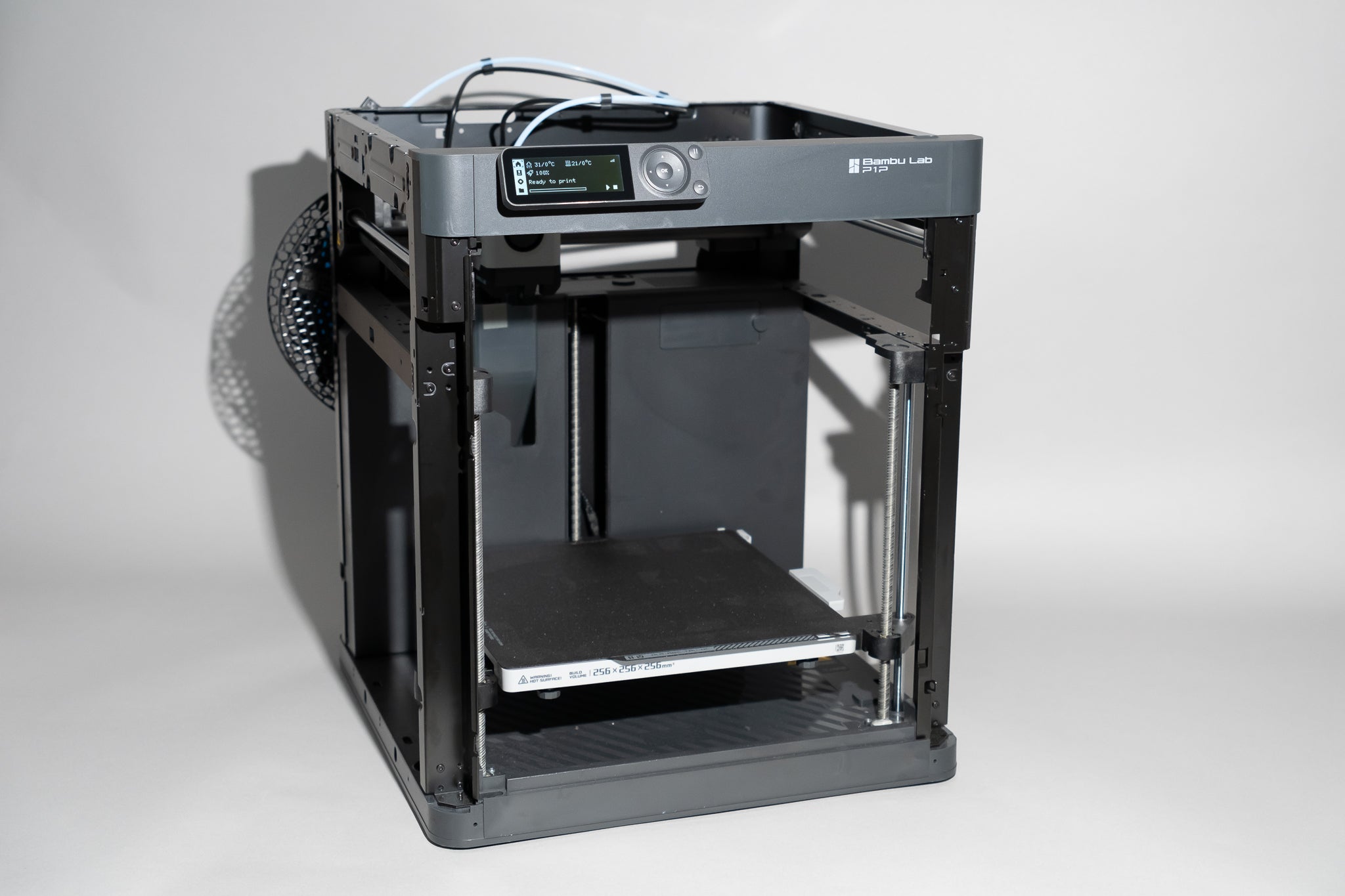
In the realm of 3D printing, innovation knows no bounds. From intricate designs to functional prototypes, this cutting-edge technology has revolutionized various industries. However, amidst the vast array of materials that can be 3D printed, some stand out as truly extraordinary. In this article, we delve into the realm of the strange and showcase the most peculiar materials ever brought to life through 3D printing.
- Aerogels: The Ultralight Marvels
Aerogels, known as the world's lightest solid materials, have found their way into the realm of 3D printing. These highly porous structures, composed of 99.8% air, possess remarkable properties such as exceptional thermal insulation and ultra-low density. By combining aerogels with 3D printing techniques, researchers have created intricate and lightweight structures with applications ranging from aerospace to architecture. - Biodegradable Algae-Based Materials: Eco-Friendly Innovations
In the pursuit of sustainable solutions, researchers have turned to algae as a renewable resource for 3D printing. Algae-based materials offer unique advantages, including biodegradability and a reduced carbon footprint. These materials can be used to create bioplastics, biofoams, and even biodegradable medical implants, opening up new possibilities for environmentally friendly manufacturing. - Shape-Memory Polymers: Materials with a Memory
Imagine a material that can change its shape upon exposure to heat or other stimuli. Enter shape-memory polymers (SMPs). These fascinating materials have been successfully 3D printed, enabling the creation of objects that can transform, adapt, and recover their original shape. SMPs find applications in fields such as aerospace, robotics, and biomedical engineering, where their shape-shifting abilities offer unprecedented functionality. - Conductive Graphene Composites: Merging Science and Art
Graphene, a single layer of carbon atoms arranged in a hexagonal lattice, has captivated scientists and engineers with its exceptional electrical conductivity and mechanical strength. By incorporating graphene into 3D-printed materials, researchers have developed conductive composites that can be used for electronic devices, sensors, and even artistic creations. These materials bridge the gap between science and art, enabling the production of functional and aesthetically pleasing objects. - Living Tissues and Organs: The Future of Medicine
One of the most groundbreaking applications of 3D printing lies in the field of bioprinting, where living tissues and organs are created layer by layer. This technology holds immense potential for regenerative medicine, enabling the production of patient-specific implants and even complete organs. From 3D-printed skin to functional blood vessels, the possibilities are awe-inspiring, offering hope for a future where organ shortages are a thing of the past.
Conclusion:
The world of 3D printing continues to push boundaries, and the materials mentioned above represent just a glimpse into the realm of the strange and extraordinary. From ultralight aerogels to living tissues, these materials showcase the immense potential of 3D printing technology. As researchers and innovators continue to explore new frontiers, we can only imagine what other strange and remarkable materials will emerge from the depths of the 3D printer, shaping the future of various industries.



